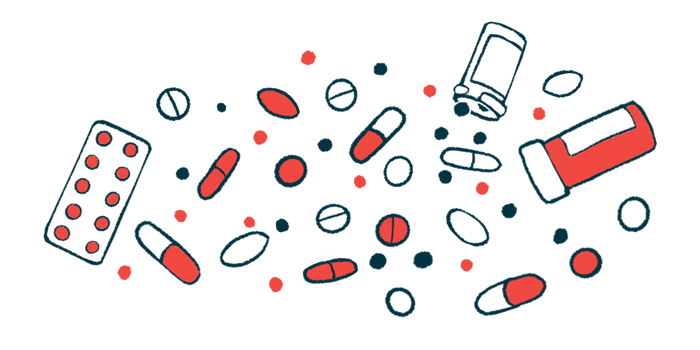Study: Better, safer treatments are needed for Dravet syndrome
Researchers surveyed 227 physicians who reported data on 617 patients
Written by |

Available treatments aren’t enough to fully control seizures for most people with Dravet syndrome, and most have side effects that can worsen their quality of life.
That’s according to a new study funded by Takeda. A team led by scientists at the company presented the work at the American Epilepsy Society (AES) Meeting in the poster “Real-world treatment patterns and outcomes among patients with Dravet syndrome.”
“There is a need for new treatment options with a balanced benefit-risk profile that can be combined with current [anti-seizure medications] with low or no drug–drug interactions,” the scientists wrote. Takeda is developing an experimental Dravet therapy called soticlestat.
Seizures are a hallmark symptom of Dravet syndrome and controlling them is a major goal of treatment. Three medications — Diacomit (stiripentol), Epidiolex (cannabidiol), and Fintepla (fenfluramine) — are specifically approved to manage Dravet-related seizures and a range of other anti-seizure medicines also may be used separately or in combination.
Seizures, side effects
Scientists here surveyed doctors caring for patients with Dravet syndrome to better understand treatment patterns and the burden of treatments for people with the disease.
A total of 227 physicians participated, reporting data on 617 Dravet patients, most of whom were from Europe. Some were from the U.S., China, and Japan.
The most common medication was valproate, an anti-seizure medicine sold as Depacon, which was being used by slightly more than half the patients. Diacomit and clobazam (sold as Onfi) also were commonly used.
Around two-thirds of the patients received more than one treatment regimen over time. In most cases, one or more treatments was added and/or a treatment was switched for another. The most common reason for stopping a treatment was that it wasn’t sufficiently controlling seizures.
For the three most common types of seizures (myoclonic, tonic, and generalized tonic-clonic), only about a third (28-34%) of patients reported their seizures were well controlled.
Most (71%) reported at least sometimes needing an additional “rescue” medication to manage seizures on demand. The most commonly used rescue medicine was diazepam (sold as Diastat).
Slightly more than half (55%) the patients reported at least one side effect related to their current regimen. The most common side effects included sleepiness, fatigue, problems with attentiveness, and reduced appetite.
Most of the patients who had side effects (81%) reported they impacted their quality of life at least a little, with 22% reporting a moderate impact and 3% a significant impact.
Across all the outcomes, results for the subset of patients who were taking at least one of the three medicines specifically authorized for Dravet syndrome were generally comparable to findings in the overall study population.
“Patients with [Dravet syndrome] have a large treatment burden characterized by a high rate of [side effects] that impact [quality of life], high frequency of rescue medication use, and low rates of well-controlled seizures,” said the scientists who noted their findings are limited because they’re based on a survey of physicians. They said the data suggest more effective medicines with a manageable safety profile are needed to help manage Dravet syndrome.







